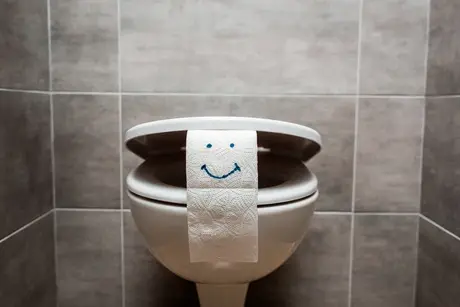Bathroom
How to Fix a Wobbly Toilet: A Step-by-Step Guide

How to Fix a Wobbly Toilet
A wobbly toilet can lead to plumbing issues if ignored. Knowing how to fix a wobbly toilet can save you from costly repairs. Fortunately, this manageable DIY project requires basic tools and a few steps.
Common Causes of a Wobbly Toilet
Identifying the cause helps determine the best fix:
Loose Closet Bolts
Loose bolts can cause instability. Tightening them may resolve the issue.
Damaged Wax Ring
A worn wax ring can break the toilet’s seal. Replacing it can stop wobbling.
Uneven Floor
Uneven flooring can lead to an unstable toilet base. Shims can correct this problem.
Tools and Materials Needed
- Adjustable wrench
- Level
- Caulk (optional)
- Toilet shims
- New closet bolts
- Wax ring or flexible gasket
Step-by-Step Guide to Fix a Wobbly Toilet
1. Shut Off the Water Supply
Turn off the water supply and flush the toilet to empty the tank and bowl.
2. Disconnect the Water Supply Line
Detach the water line from the toilet base.
3. Remove the Toilet
Unscrew the closet bolts and carefully lift the toilet away.
4. Inspect the Flange and Wax Ring
Check the wax ring for damage and inspect the flange for cracks or corrosion.
5. Install a New Wax Ring
Place a new wax ring on the flange and carefully lower the toilet back in place.
6. Insert Shims for Leveling
If the toilet still wobbles, slide shims under the base for stability.
7. Tighten the Closet Bolts
Tighten the bolts evenly to secure the toilet.
8. Reconnect the Water Supply
Reconnect the water supply line and turn the water back on. Flush the toilet to test for leaks.
Final Tip: Prevent Future Wobbling
Periodically check the bolts and address any movement promptly to avoid future problems.
For more home improvement tips and news, explore more on this website.
